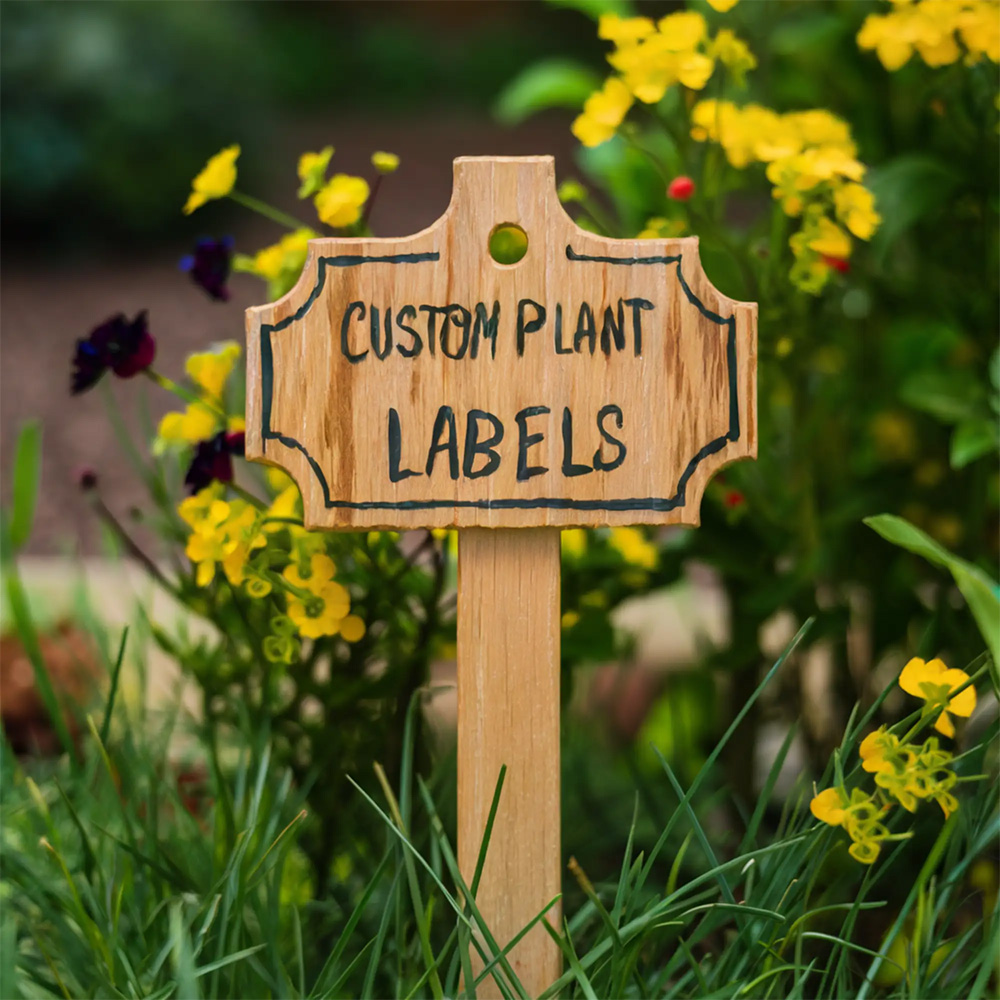
Get the latest information on plant labels and enhance your garden with our stylish, tailored solutions.
Known for its bright, glossy finish, it is often used on metal signs and decorative accents, providing a durable and visually appealing result. Before selecting enamel paint, it’s essential to consider your project’s specific requirements.
Enamel paint is versatile and can be applied to various metal surfaces, including steel, aluminum, and copper. Available in a range of colors and finishes—from matte to glossy—this paint is a popular option for decorative projects. Its application is straightforward; it can be brushed, rolled, or sprayed onto metal surfaces, making it accessible for both amateurs and professionals.
To achieve the best results with enamel paint, consider the following application techniques:
Brushing: Use high-quality brushes designed for enamel to avoid brush strokes and achieve a smooth finish.
Rolling: Ideal for larger areas, rolling can cover more surface quickly while minimizing texture.
Spraying: For a flawless, even coat, spray application is effective, but ensure proper ventilation and safety measures are taken.
One of the standout advantages of enamel paint is its durability. It is resistant to fading, chipping, and cracking, making it an excellent choice for outdoor projects. This resistance is particularly important for items exposed to the elements, such as metal signs or decorative accents, where sunlight, rain, and wind can cause other paints to deteriorate rapidly.
Enamel paint is specifically formulated to withstand various weather conditions, including UV rays, moisture, and temperature fluctuations. This makes it an excellent choice for outdoor projects, ensuring your designs maintain their integrity and appearance over time.
Despite its many advantages, enamel paint has some limitations. It can be prone to flaking or peeling if not applied correctly, particularly if the surface is not properly prepared. Additionally, enamel paint may not bond well to certain types of metal, such as galvanized or rusted surfaces. In these instances, a primer or different type of paint may be necessary to ensure a strong bond.
Enamel paint typically has a longer drying time compared to water-based options like acrylic. This can be a consideration for those working in environments where quick turnaround is necessary. Additionally, many enamel paints contain volatile organic compounds (VOCs), which can be harmful if inhaled. Ensure proper ventilation when working with enamel paint and consider low-VOC options if indoor use is planned.
While enamel paint is an excellent choice for many projects, there are alternatives to consider:
Acrylic Paint: This water-based option is easy to clean up and dries quickly. It’s great for projects needing a softer, matte finish but may not offer the same durability as enamel paint.
Metallic Paint: Designed to mimic metal’s appearance, metallic paint creates a bright, reflective finish. However, it may require more effort to apply, often needing multiple coats to achieve the desired effect.
Enamel paint can be used in various creative applications beyond traditional metal signs:
Custom Home Decor: Enhance metal furniture or fixtures with personalized designs that reflect your style.
Garden Art: Use enamel paint to create vibrant, weather-resistant decorations for outdoor spaces.
Functional Items: Design practical items, such as toolboxes or storage containers, while adding a decorative touch.
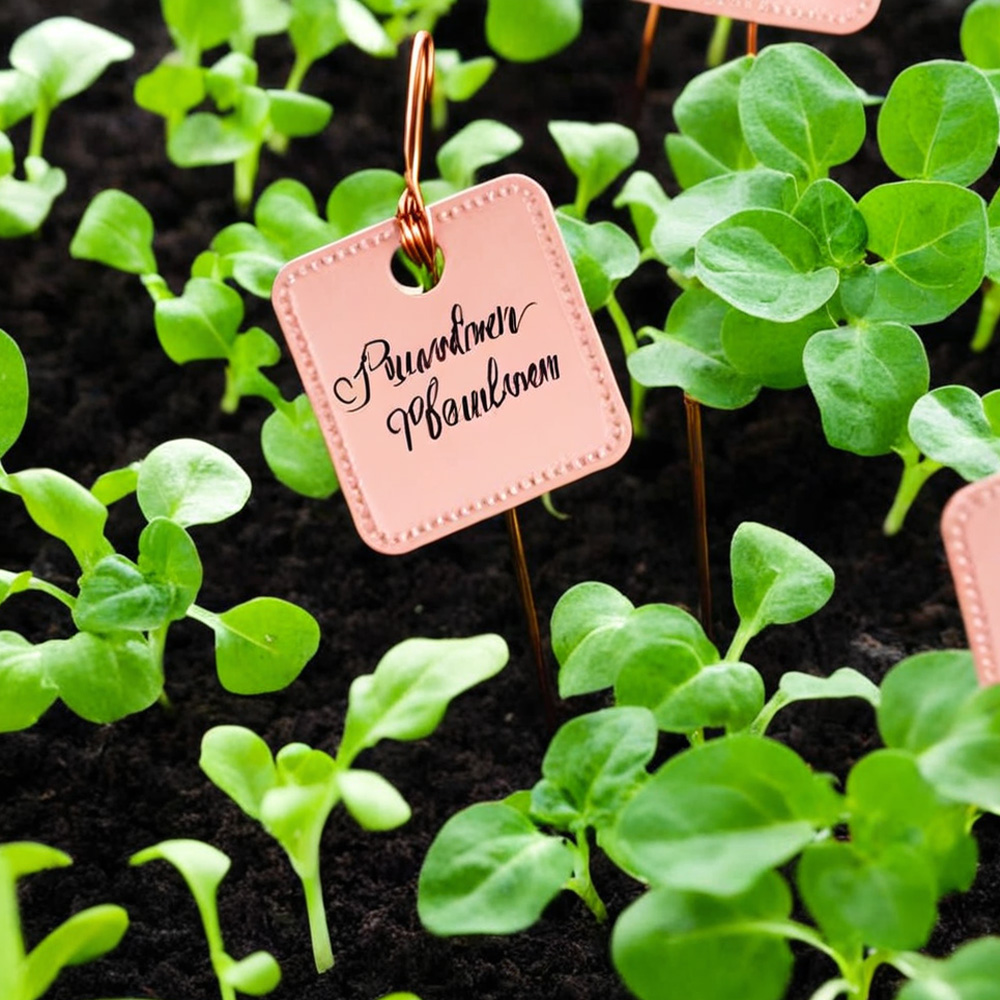
Enamel paint is perfect for upcycling old metal items. Transforming rusty or outdated metal pieces into colorful, functional art can give new life to your decor. This approach not only enhances your space but also promotes sustainability by reducing waste.
Consider using enamel paint for collaborative art projects, such as community murals or group workshops. The durable finish and vibrant colors can help create a lasting impact, encouraging creativity and engagement among participants.
Ultimately, the choice of paint for your metal project depends on specific requirements and desired outcomes. If you’re looking for a durable, glossy finish, enamel paint is likely the best choice. However, if you seek a more subtle finish or a specialized effect, acrylic or metallic paint may suit your needs better. By weighing the pros and cons of each type of paint, you can make an informed decision that leads to impressive results in your metal writing projects.
Get the latest information on plant labels and enhance your garden with our stylish, tailored solutions.

Are you tired of forgetting which plants are which in your garden? Plant labels are the unsung heroes of garden organization, helping both novice gardeners and experienced botanists keep track of their green companions.
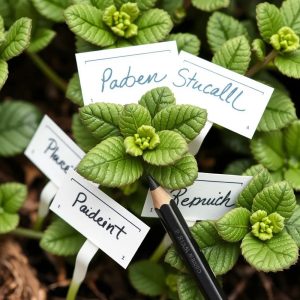
Gardening enthusiasts often find themselves faced with the challenge of labeling their plants in a way that is both durable and legible. The pencil you use plays a significant role in ensuring your garden labels can withstand the elements and stay readable over time.
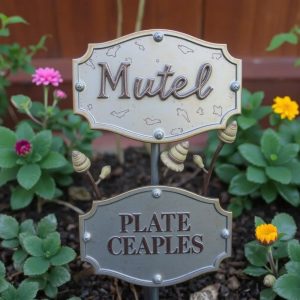
Metal garden decor, including metal plant labels, adds elegance and sophistication to any outdoor space, enhancing its overall aesthetic appeal. However, rust can quickly undermine the beauty and structural integrity of these decorative pieces.
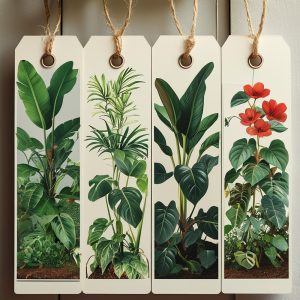
Plant labels play a crucial role in gardening, whether you’re a novice looking to keep track of your new plants or an experienced botanist identifying and categorizing species.
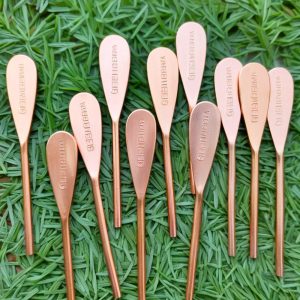
Copper plant markers are an excellent choice for gardeners who want a durable and aesthetically pleasing way to label their plants.
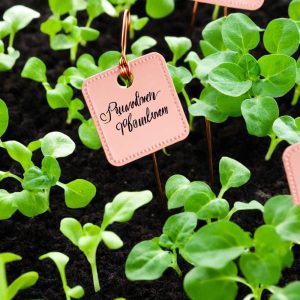
When it comes to writing on metal, enamel paint is a top choice specifically designed for this purpose.
Fill out the form below, and we will be in touch shortly.